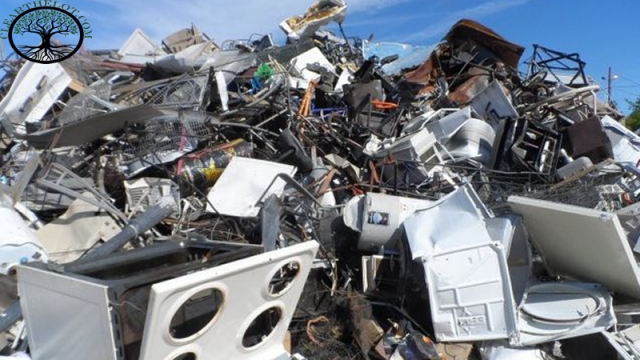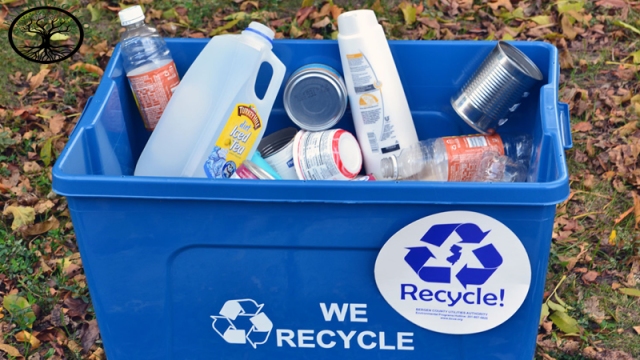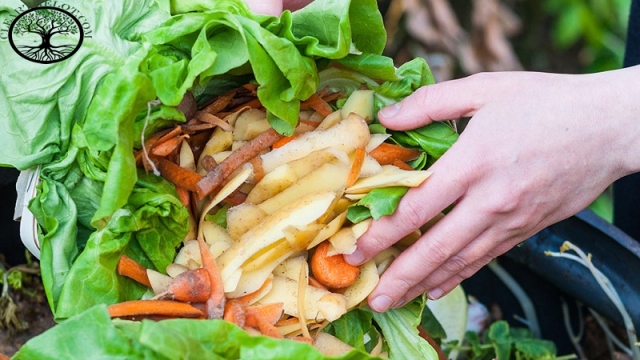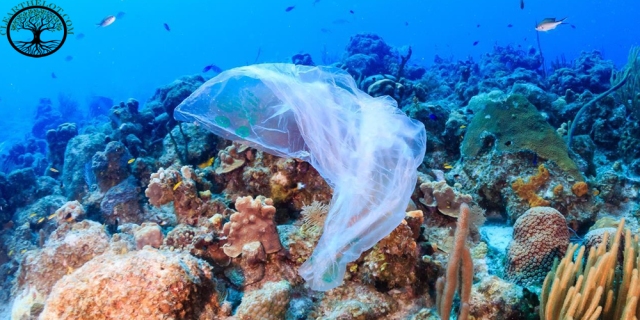House-Clearance: 5 things to look for by 2025 to use Waste management
The European Commission lately backpedalled on a go-getting. Set of legislative promises on waste and recycling, counting the phasing out of using landfill for biodegradable. During House Clearance and a commitment to cut food waste by 30% by 2025. Nation states and trades had cried foul. Claiming the targets were too exacting. Such lacklustre foot-dragging is sadly typical.
We deliver House Clearance Services in London and Surrey including House Clearance, Garden Clearance, Office Clearance, Fencing, Garage Conversions, Interior Decorating, Property Refurbishment, and Scaffolding Services. To get the best Clearance services in London and Surrey please visit our website. So what disruptive measures might shake up the waste industry and trash the pessimism of those who fail to reform?

House-clearance-Service: Circular rethink
If there’s 1 thing on which all waste specialists will agree. It’s the linear make-use-dispose model on which. We built our society needs ditching for good. It’s all about going circular these days. But weaving our financial schemes into one musical. A never-ending bundle of reprocessing and reuse is no easy job.
For starters, it means a massive overhaul in how waste is considered. Even if the word is loaded waste isn’t missed material. Says Marcus Gover, director at the UK support group WRAP. It’s a valuable commodity. And the 1st companies that need to recognise that are the waste (or should that value?) running companies.
“By 2025, waste disposers won’t be burying or red-hot people’s rubbish as they do today states Gover. These firms will merge into what he terms the reprocessing business, where their central role is not to dump stuff but to return “valuable resources to manufacturers.”
An alike rethink is compulsory for designers and builders too. The goods of today, Gover says, need to be seen as the raw resources of tomorrow. When that occurs, products will begin to be made. With a view to lasting. Longer and to being calmer to repair and ultimately dismantle. Phillips’ easy-to-disassemble lightbulb delivers an illustrative case in point.
House-clearance-near-me: Turning Rubbish into energy
Even if they do feel this alteration. Waste companies will still need commercial models. That can turn a profit. 1 solution is rotary waste into energy. According to market analyst Grand View Research. The global market for turning rubbish into. Power is likely to reach $37.64bn by 2020.
While most of the growth to date has been in thermal skills, biological technologies could provide a major invention. 1 advocate of the latter is Justin Keeble. Managing director for sustainability services at Accenture Who points to a new cohort of. Firms using 100% biodegradable feedstock and progressive biotechnologies.

Keeble’s list comprises LanzaTech. An Illinois-based biotech secure that uses original microbes to convert carbon-rich waste. Into biofuel via a gas fermentation technology. Another is Novozymes, a Danish biotech firm newly that launched Evers. An enzyme-based solution that changes used cooking oil or other lower grade oils into biodiesel.
House-Clearance-London: Intensify up recyclability
Another hurdle for builders is the recyclability of materials. Reusing a basic metallic such as copper is easy and adequate its deftness is behind the spike in metal thefts. Recycling sophisticated plastics or other complex materials is a unlike ballgame. Steve Lee, chief executive of the Chartered Institution of Wastes Management. Gives the case of carbon fibre.
On the 1 hand, it’s at the cutting edge of transport novelty. With the likes of McLaren and Airbus happy about its advantages in terms of forte. Weight and energy efficacy. But little serious supposed has gone into its re-use or salvaging. Closing these resource loops is important, he adds. We will also need more clever technology to detach materials quickly and efficiently for reusing.
Mechanizing the selection of plastic from paper is one obligation. For example. Identifying 1 plastic polymer from extra is critical too. In terms of the latter, near-infrared spectroscopy could present an answer. Based on verbose reflection. The technique enables single polymer arrangements to be distinguished based on their spectral variances.
Garden-Clearance: Convincing customers
It’s not just commercial that needs to change. Between now and 2025, public arrogances to waste require a radical overall too. Half of the food bent around the world ends up in the bin (PDF). According to the Institution of Mechanical Engineers. Step forward smart cards. This was a little bit about waste management. If you want to read more suggestions click here for a renewable energy source.

The institution’s head of setting and energy, Tim Fox, argues that smart gaging technology charges customers for food waste. Their produce could change public attitudes sharpish. Pilots of the method have already been successfully trialled in the South Korean capital of Seoul.
“Residents are given cards which contain. A chip holding the name and address of the cardholder. Residents scan their ID cards. Then dispose of their rubbish in a smart bin with a built-in weighing scale. And are simply billed for the corresponding waste”. He explains.
Garden-Clearance-near-me: Retailer responsibility
The duty for consumer-related salvaging shouldn’t fall entirely on consumer bears. Retailers that sell unrecyclable packaging must also alter it. Argues Conrad MacKerron, director of the corporate social accountability programme at the. As You Sow Foundation. Businesses accountable for those sales need to step up and take. A strong quantity of responsibility for backing collection.
And recycling of post-consumer wrapping. MacKerron states, noting that less than 14% of plastic packaging is now recycled in the US. He points to the Carton Council as a notable exclusion. The US industry overtone is providing grants for sorting-facility. Promotions to make collecting aseptic and gable top cartons cooler. The scheme also sees it provides technical aid to material salvage facilities.
“As well as help to change assured markets for aseptic fibre. The fast food, drink, and consumer packaged goods sectors must become vigorously involved in developing agreement on new, state-level producer accountability mandates or equivalent policies, If brands fail to act then new producer responsibility orders must be enacted.”
Issues Faced in Rural Areas
Rural zones are the places where the populace is less than 2500. And the areas which are not advanced economically and socially. There is a greater figure of rural people who are suffering from many diseases. They do not even know about the illnesses and where. They are generated from make sure to contact professional staff. A company like clear the lot which takes care of your rubbish.

While house clearance duty they do not have proper transport. And proper maintenance of places. There will be less friendliness and it is difficult for the people to live. This is mainly because of the illegal dumping of waste. And lack of awareness.
Effectiveness of Rural Waste Management
Rural areas will be most real for agricultural purposes. And they are food for the world. The improper disposal of waste makes the land. Air and water get polluted and lead to several diseases. Below are some of the compensations for waste management in rural places.
- Prevents many people from living from hazard-causing diseases.
- Prevents the setting from the pollution.
- Each land, water, and air will get pure by the proper solid waste organization.
Healthy foods will be cultivated
The proper waste management will help to find the people. And business professionals who are dumping the waste illegally
- If the organic wastes are received and recycled. The total village will be given fertilizer without any cost.
- Animals in the rural parts are the major affecters. So they will stop the dangers.
- By creating consciousness about recycling and composting. People can make their manure and they do not want to depend on anybody.

Comments
Post a Comment